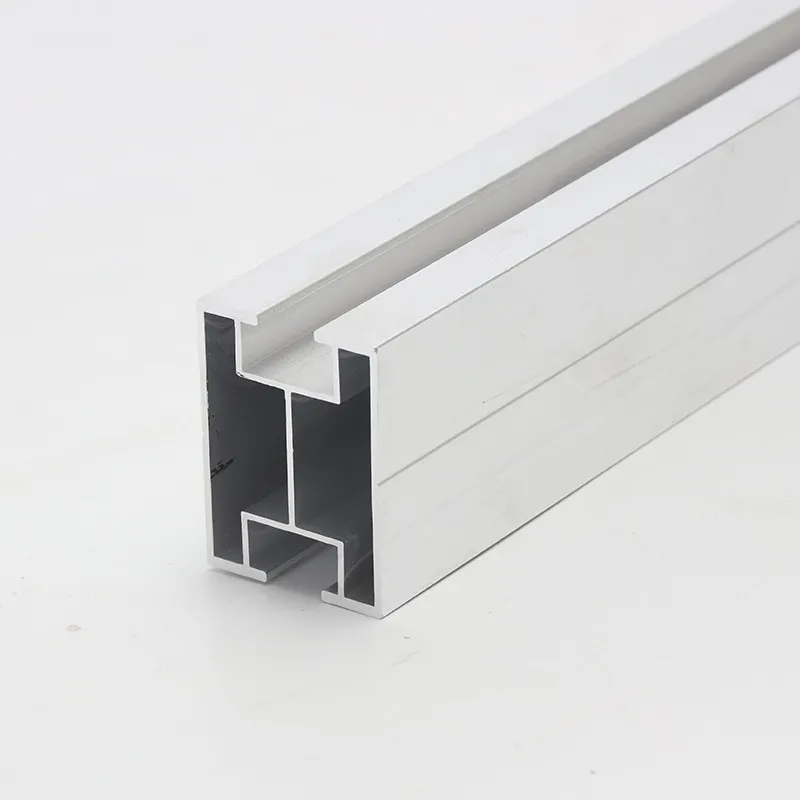

High-Quality Threaded Fasteners | Reliable and Durable Solutions
Sep . 01, 2024 09:37 Back to list
High-Quality Threaded Fasteners | Reliable and Durable Solutions
The Importance of Threaded Fasteners in Modern Engineering
Threaded fasteners are essential components in the realm of engineering and construction, providing the necessary means to securely attach various parts and structures. From the simplest furniture assembly to complex aerospace applications, these fasteners play a pivotal role in ensuring reliability and safety in various applications.
Understanding Threaded Fasteners
Threaded fasteners include screws, bolts, nuts, and other components that utilize helical ridges, or threads, to create a secure connection between two or more objects. The threads provide a gripping mechanism that allows these fasteners to be tightened or loosened easily, facilitating assembly and disassembly processes. The versatility of threaded fasteners makes them indispensable in numerous industries, including automotive, manufacturing, aerospace, and construction.
Materials and Design
Threaded fasteners are manufactured from a wide range of materials, including steel, stainless steel, brass, and plastics, each selected based on the application requirements. For instance, in environments prone to corrosion, stainless steel fasteners offer enhanced durability. Additionally, the design of threaded fasteners can vary significantly; different thread types (such as metric, unified, or Whitworth) are used depending on regional standards and specific engineering needs.
The engineering design process considers factors such as load capacity, resistance to shear forces, and environmental impact. Proper selection and application of threaded fasteners ensure that joint integrity is maintained under various loads and conditions.
Applications in Various Industries
threaded fasteners

In the automotive industry, threaded fasteners are critical in assembling engine components, chassis, and body structures, where they must withstand significant vibrations and stresses. Similarly, in construction, bolts and screws form the backbone of structural frameworks, securing beams and columns.
Aerospace engineering relies heavily on threaded fasteners due to the high-performance requirements of aircraft. Fasteners must be lightweight yet extremely strong to endure significant forces during flight. Advanced materials and designs, such as titanium fasteners or aerospace-grade alloys, are employed to meet these rigorous standards.
Quality and Standards
To ensure safety and performance, it is crucial that threaded fasteners adhere to strict quality standards. Organizations such as the American Society for Testing and Materials (ASTM) and the International Organization for Standardization (ISO) provide guidelines that manufacturers must follow. These standards cover everything from material properties and dimensions to testing methods, ensuring that threaded fasteners perform reliably in their intended applications.
Future Trends
As industries evolve, so too do the technologies surrounding threaded fasteners. Advances in materials science, such as the development of composite and lightweight materials, are influencing the design of fasteners. Moreover, the rise of automation and robotics in manufacturing is prompting innovations in fastening techniques, including the use of smart fasteners that can monitor torque and joint integrity in real-time.
In conclusion, threaded fasteners are a fundamental aspect of modern engineering, providing secure connections that are critical for the safety and efficacy of structures and machines. As we move towards the future, the ongoing development of materials and technologies will continue to enhance the effectiveness and application of these essential components.
Latest news
-
MS Slotted Channel Fasteners Durable, Pre-Galvanized Mild Steel
NewsApr.29,2025
-
High-Strength Self Tapping Screws for Cast Iron Fast Installation & Durability
NewsApr.29,2025
-
Mild Steel Slotted Channel & Fasteners - Durable, Adjustable Solutions
NewsApr.28,2025
-
ISO Spring Washer - Secure, Durable Fastener with ISO Compliance ISO Spring Washer
NewsApr.28,2025
-
Mild Steel Stud Bolt Fasteners - High Strength & Corrosion Resistant
NewsApr.28,2025
-
M6x45 Shear Bolt - High-Strength Safety Fastener
NewsApr.28,2025

